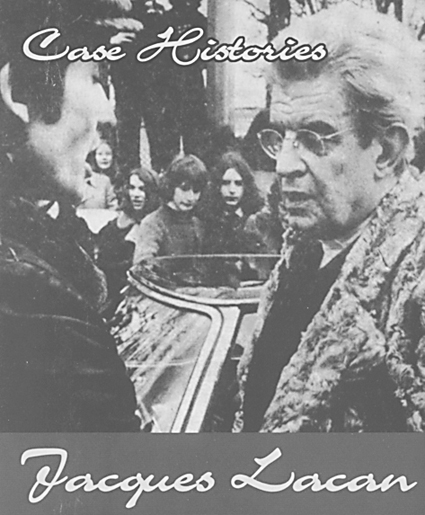Time travel is your only means of escape
Joni Taylor

No Other Symptoms. Time Travelling with Rosalind Brodsky
CD-ROM Suzanne Treister
No Other Symptoms. Time Travelling with Rosalind Brodsky
Rosalind Brodsky could very well be the alter ego of artist Suzanne Treister who bears strange similarities to this time travelling scientist, tracing her European Jewish ancestry while still engaging in a plethora of eccentric occupations and activities.These change from psychoanalytical sessions with deceased therapists to preparing traditional German dishes, to performing in her psychedelic rock band, to developing a range of designer vibrators. The recommended viewing time for this CD-ROM is 3 hours, the amount of time necessary to fully explore and participate in her time travelling tales.
The date is 2058, the year of Brodsky’s death and the setting is the Institute of Militronics and Advanced Time Interventionality, where Brodsky conducted her research and still lingers. The virtual space is more digital collage than animation. Brightly coloured juxtapositions of furniture, wall hangings and retro sci-fi machines. As in a computer game simulation, you travel through the space by a few clicks of the mouse. Like a virtual tour there are characteristics such as a map, a guide and various info areas. Once in Brodsky’s study you can time travel to her home in Bavaria, modelled on Koningssschlos Neuschwanstein, the original home of the “mad” King Ludwig, and more recently to neo-Nazi squatters. There are also options to explore her diary, or go down a level to the clinics where Brodsky regularly received counselling by Freud, Jung, Klein, Lacan and Kristeva. Inside the institute you are informed by the Introscan TV Corporation that a group of armed academics are demonstrating outside, and time travel is the only means of escape. As in The Lion, the Witch and the Wardrobe, the closet leads on to other destinations, not Narnia, but the very 20th century cultures of the Russian Revolution, the Holocaust and swinging 60s London.
A quicktime movie shows a haunting dual image of the train tracks leading to Auschwitz. A recurring theme is Brodsky’s attempts to rescue her grandparents from World War 2. She is the silver clad futuristic time-traveller, superimposed over black and white footage of war-torn Europe. At other times she is part of a Monty Python-esque collage, posing next to key figures from cult films such as Norman Bates and Mary Poppins. Also in the wardrobe are Brodsky’s attache cases. In order to fund her projects, Brodsky appears to have developed a range of designer vibrators. These range from the architectural variety, such as the Kremlin and the “double sided” London Bridge, to key political figures like Marx and Lenin and pop culture icons Emma Peel and David Bowie. By clicking on the speech bubble, each sex aid literally “speaks” for itself. Sexy science seems to be the name of the game and food is a constant delight on the journey.
Some startling new developments have enabled the Nutragenetica Corporation to begin harvesting chicken legs on human torsos, and Brodsky, like any traditional Jewish hostess, seems right at home with these new condiments. A TV in the bedroom plays snippets from her cooking show, as well as the music videos Brodsky made with her band, Rosalind Brodsky and the Satellites of Lvov. The remake of Lou Reed’s Satellite of Lvov is a trippy track involving sci-fi theremin sounds and Glam rock beats. It regularly comes bleeping through the castle corridors.
Travelling further, you become familiar with the interactive vocabulary of Brodsky’s creation. Big buttons need to be pushed, cursor “R” turns to cursor “B” at select moments, rollovers light up and footstep sounds signify you’ve arrived.
When the final destination is reached— satellite probe (a Christo wrapped Reichstag)—it appears that Brodsky in her old age transformed most of her archival research into a painting game, a virtual kinetic colouring-in book, where multiplying vibrators can be placed over varying backgrounds, such as Mars and Shinjuiku, Tokyo. It gets more bizarre as the final choice on the tour is to return to the Castle music room, and play some more, or get dropped off in the Australian mining town of Coober Pedy!
Despite the idea of transcending time, the work has a set narrative with pre-determined choices and specific geographical locations that lead onto the next stage. At one point, Brodsky describes herself as a “necrophiliac invader of spaces containing the deaths of her ancestors, through the privileged violence of technology.” Using this violence of technology, Treister has enabled us to invade many facets of her anthropological history. And what a ride it is.
Time Travelling with Rosalind Brodsky, Suzanne Treister, Black Dog Publishing Limited, UK.
RealTime issue #35 Feb-March 2000 pg.






